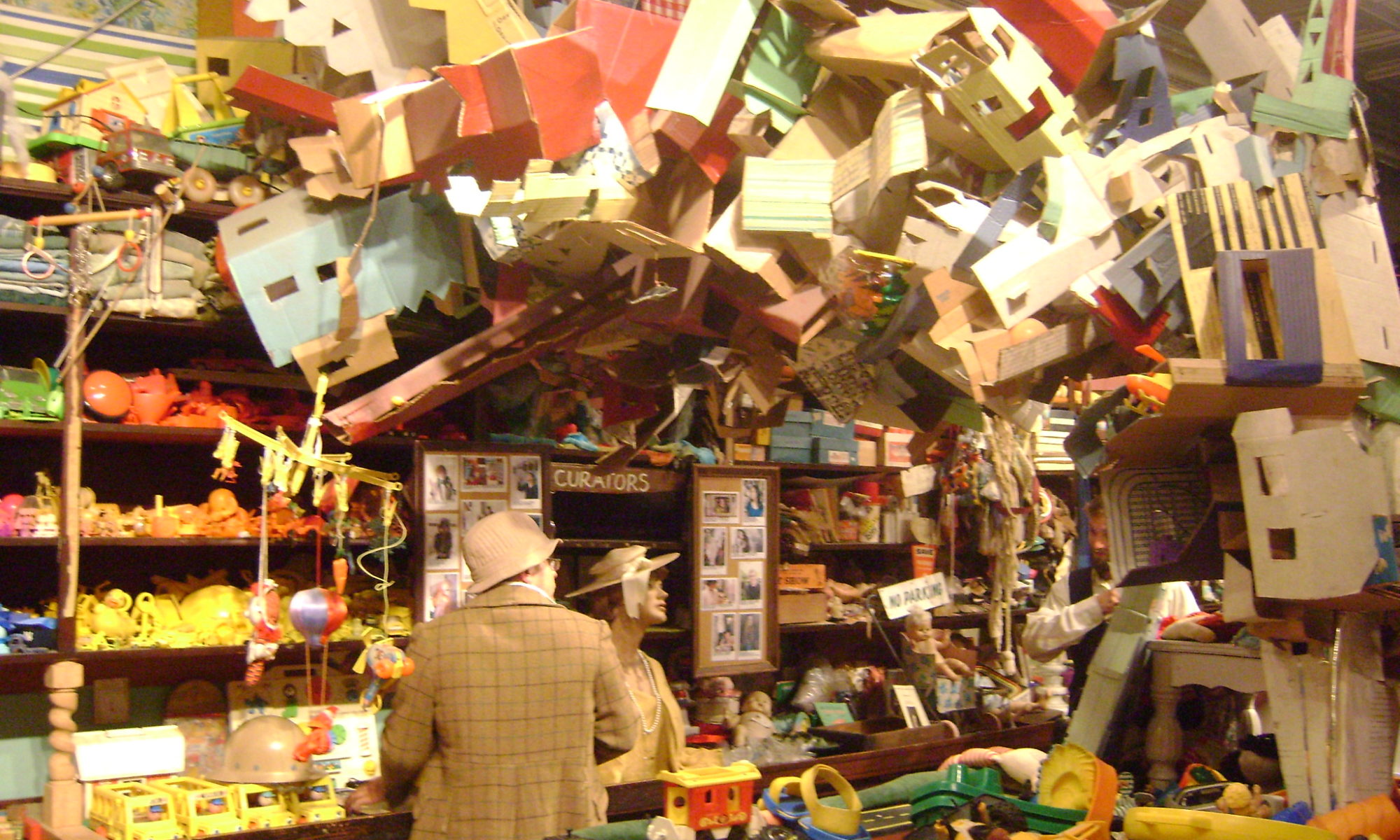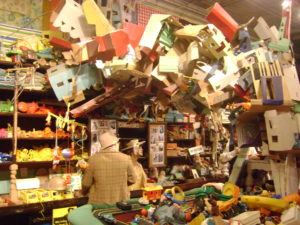The Turkish Nobel laureate Orhan Pamuk created the Museum of Innocence, a physical museum that goes along with a novel that he wrote by the same title. Inspired by objects he encountered in thrift shops around Istanbul, he put this collection of objects in the museum and formed a love story around two protagonists based on their relationships to the objects. The Museum of Innocence questions the idea that a museum has to be scientific or that it has to educate the public in an objective way. In contrast, Pamuk relished the fact that his museum is fictional. It celebrates narrative. Moreover, it calls into question whether other museums that claim to be objective might be fictitious as well. Pamuk tells the story of how he created the museum in a book, The Innocence of Objects, which also contains photos of the different cases and objects in the museum.

Another museum that questions or challenges the traditional ideas on what a museum has to or should be is Elsewhere, a living museum set in a three-story former thrift store. Elsewhere’s goal is to build collaborative futures from old things in Greensboro and across the globe. The store today tells a cultural narrative about material excess, consumption, and overproduction. The store has a culture of constant curation, which allows for arrangements, artworks, and a chance to layer material traces throughout the environment, re-telling a collaborative story reminiscent of the narratives shared in attics and basements across the country.


